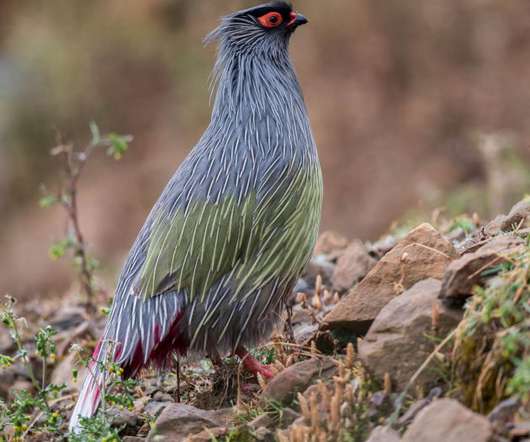What is the State Bird of South Dakota?
10,000 Birds
APRIL 26, 2016
South Dakota went a different way, designating the Ring-necked Pheasant as the state bird in 1943. In fact, the bird is so popular that it was also chosen for South Dakota’s bicentennial commemorative quarter! Ring-necked Pheasants are native to Asia, brought over in the 1880’s.


















Let's personalize your content